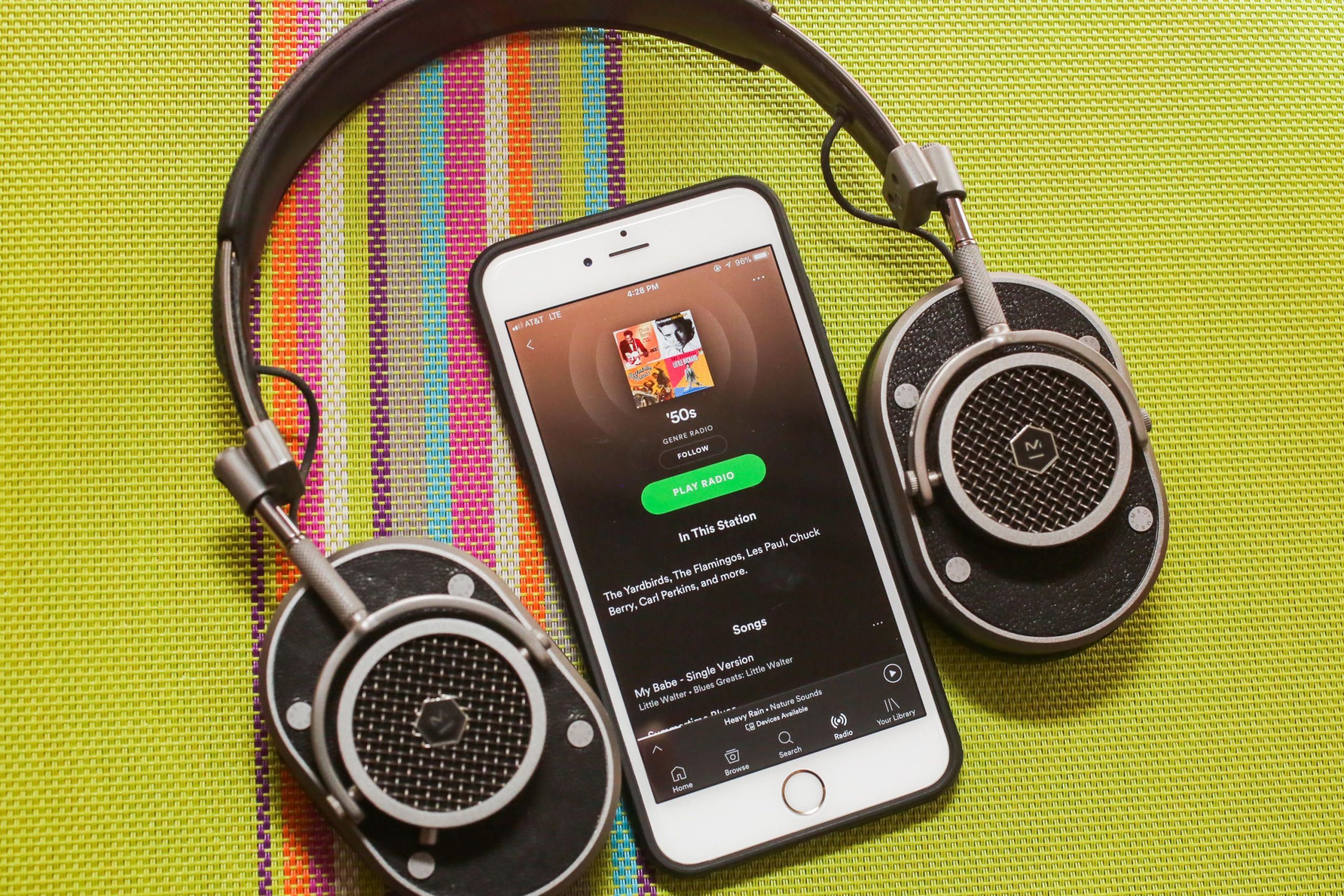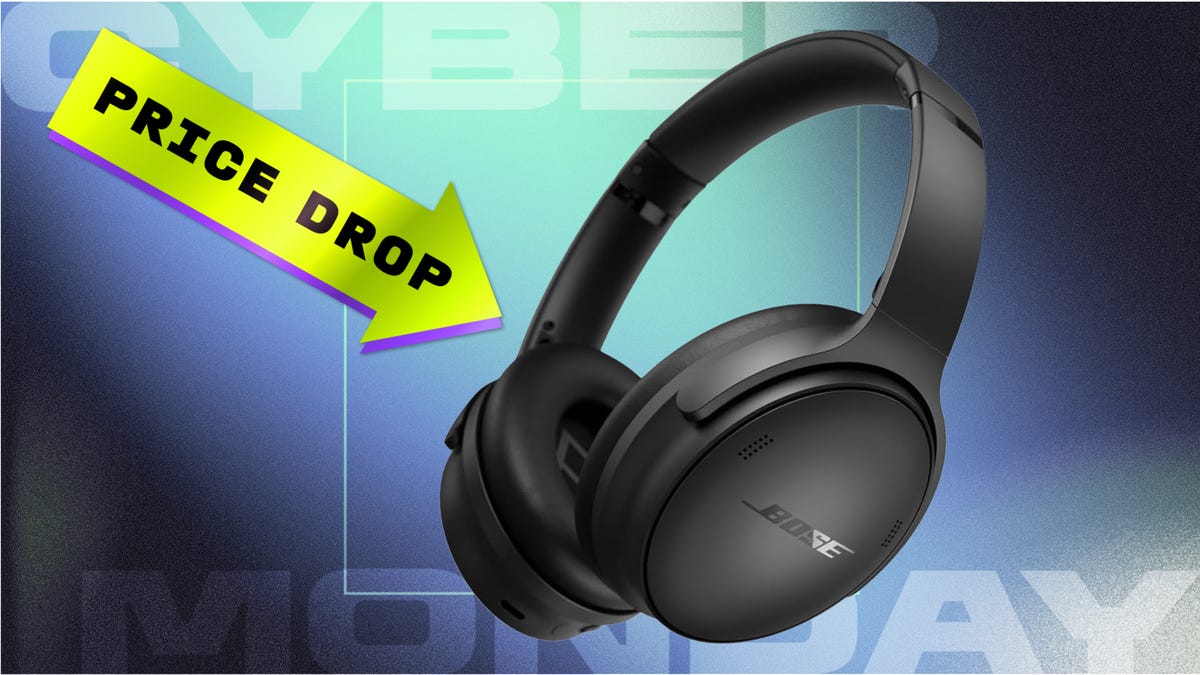Technologies
Spotify, Apple Music and more: What’s the best music app for you?
We compare the big streaming music services.

Sure, all the audiophiles and cool kids are talking about a vinyl resurgence and squabbling over the best turntables. But admit it, streaming music still is the most convenient way to listen to your favorite songs. While streaming used to mean sacrificing sound quality, that’s no longer the case. In fact, streaming music can sound indistinguishable from, or even superior to, an old-fashioned CD.
The question is, which streaming music service is best for you? We checked out Spotify, Amazon Music, Apple Music, YouTube Music, Tidal, Qobuz, Deezer and Pandora Premium to see how each platform stacks up for your subscription buck. While most offer music catalogs of over 50 million songs, each has its own unique pros and cons. We’ve also left out services that only play music in a radio format and don’t offer a la carte listening to allow you to select your own songs.
Services typically charge $10 a month and don’t have a contract, but swapping between them isn’t as straightforward as TV streaming. If you don’t want to rebuild your playlists and library from scratch when you switch, you have two main options — a music locker service such as YouTube Music, or the library import tool Soundiiz. The latter option can read the library from each of your music services and transfer them, and while there’s a $4.50 monthly charge, you can always cancel once you’ve converted your library.
So which music streaming services offer the best combination of price, sound quality and library size? Read on to find an in-depth look at each of the services and a feature comparison, along with a full price breakdown in the chart at the bottom of the page. We’ll update this list periodically. And if you want the TL;DR, these are the top three.
The best of the rest
Amazon Music Unlimited
Amazon Music Unlimited is the «grownup» (a.k.a. paid) version of Amazon Prime Music, which any Prime subscriber gets for «free.» It offers a greatly expanded catalog for an extra outlay per month: $8 for Prime members and $10 if you don’t have Prime. Rather than focusing on the cutting edge of music as some others here do, the Amazon music service features recommended playlists and radio stations that are grouped around artists you’ve already listened to.
The Good
- Cheaper than the top three if you’re an Amazon Prime member
- Lyrics automatically pop up on the «now playing» screen
- Offers free music stations for Amazon Echo, Echo Dot ($17 at Amazon) and Amazon Tap (includes ads)
- Step-up Amazon Prime Music HD service ($12.99 for Prime members) includes high-res and surround music from Sony 360 Reality Audio and Dolby Atmos
The Bad
- Artist profiles don’t have biographies
- Officially advertised as «tens of millions» of tracks strong, it’s unclear if the catalog is quite as large as its competitors
- The service no longer includes a music locker
Best for: Amazon Prime members who want to save a few bucks on a decent music catalog
YouTube Music
YouTube Music is the successor to Google Play Music, and if you sign up for the ad-free YouTube Premium you get YouTube Music thrown in for free. The good news is that YouTube Music is a mostly impressive service, and Google has retained the predecessor’s music locker system. If you have a legacy Google Play Music account you may be able to still transfer your library over to YouTube Music. And it’s not just legacy content: YouTube Music allows users to upload new tracks to its online music locker, too.
In even better news, YouTube Music offers a cleaner interface than Google Play Music. Instead of playlists, YouTube Music offers well-curated radio stations, which are the standout features. Unlike playlists, which are finite and contain specific tracks, radio stations play endlessly and are updated often.
The Good
- Monthly fee includes subscription to YouTube Music: commercial-free streaming on YouTube and YouTube Music
- Over 40 million tracks
- Retains Google Play Music’s music locker system: You can transfer existing songs from the old service, plus upload new ones in YouTube Music
The Bad
- The continued existence of Google Play Music is confusing for existing users
Best for: Heavy YouTube users and Android device users.
Pandora Premium
One of the most popular streaming radio services in the US, Pandora also offers the a la carte Premium ($10 a month)and no-ads Plus ($5 a month). The result is more flexibility than most competitors, and Premium has gained plenty more subscribers in recent years, even if the service is behind in terms of overall catalog size.
The Good
- One of the largest user bases, thanks to its free version
- Pandora’s Music Genome Project analyzes each track according to 450 different attributes in order to give better suggestions
The Bad
- Its audio quality is among the lowest available, even on the Premium subscription (192Kbps)
- It doesn’t really offer enough of an incentive for an upgrade from the free tier compared to the others here
- Not available outside the US
Best for: Pandora Premium is of most interest to people who already use Pandora and want to be able to pick exactly what they listen to. We’d recommend it to almost no one else.
Qobuz
Qobuz launched in the US in February 2019 with a clean interface, hi-res audio streams (which unlike Tidal’s don’t need an MQA decoder) and the ability to buy lossless music. It offers two plans — the hi-res Studio Premier for $15 a month and the $249 annual Sublime Plus, which offers discounts on the store. At 50 million tracks, Qobuz’s streaming catalog isn’t quite at the level of Tidal or Spotify, but it should be sufficient for everything but the more obscure artists.
The Good
- The app is really clean and fun to use
- Ability to listen to 24-bit music without needing a specialized decoder
- One of the most affordable hi-res services
- First 24-bit streaming service on Sonos
The Bad
- Some gaps in the catalog
Best for: Audiophiles who want hi-res music for a decent price plus the ability to buy and download albums
Deezer
French stalwart Deezer has been operating in the States since 2016, and it has a lot to offer, including a free tier (mobile only) and 56 million tracks. It has more than subscribers than some others on this list thanks, in part, to its previous affiliation with Cricket Wireless. The main Premium plan is $10 a month but users are also able to upgrade to a lossless version (CD quality) for $15 a month. While it reportedly boasts more users than Tidal, the service doesn’t offer enough to differentiate it from its similarly priced competitors.
What else do you need to know?
Streaming radio vs. on-demand
This guide covers on-demand music streaming services, and for that reason, we’ve purposely left out services that only play music in a radio format. Until recently this list excluded Pandora, but now that the company also offers a Premium tier we’ve included it here. Slacker Radio, TuneIn and iHeartRadio are other radio-style services that play music stations based around a theme or artist, without you explicitly picking tracks.
Music lockers: Your MP3s in the cloud
Amazon was one of the first services to offer uploading your MP3 collection into the cloud, but this was officially discontinued in 2018. Meanwhile, the Apple and Google services listed either allow you to combine your personal music collection with the streaming catalog, though tagging and organization can be a time-consuming challenge (your myriad live Phish tracks won’t organize themselves). Still, if you’ve invested money in digital music over the years, those two services offer a patch to continue enjoying that music online.
Music catalog sizes compared
The number of songs offered by a music service used to be one of the main differentiators, but most now have between 50 million and 70 million songs or more. However, depending on your favored genre, some of them have a more robust catalog that include many under-the-radar, indie or hip-hop artists. If you’re musically inclined, constantly on the hunt for your favorite new band, a streaming service like Spotify or Tidal may be more up your alley. Users who are less ambitious about expanding their musical taste will be satisfied with the smaller catalogs Amazon Music Unlimited or Pandora offer. Apple Music is somewhere in the middle, offering a healthy mix of mainstream tunes and underground unknowns.
Technologies
Prime Video Subscribers: Grab 6 Months of Apple TV Plus for $36 This Cyber Monday
Binge watch top-notch shows like Ted Lasso and Shrinking TV from Apple for as little as $6 per month. The best part? It’s not the only deal available.

Cyber Monday deals are coming in hot. Not only will you save on laptops, audio gear and gifts, you can also save on streaming service subscriptions. We found a Prime Video add-on deal that’ll get you Apple TV for a paltry $6 per month.
The streaming service formerly known as Apple TV Plus is one of the add-on subscriptions that Prime Video offers, and now you can sign up for a subscription for only $6 per month for six months. You need a Prime membership, which costs $15 per month or $139 per year, to get Apple TV through Prime Video (and snag the deal). The offer ends tomorrow Dec. 1.
Apple TV typically costs $13 per month and is ad-free. A subscription delivers the sci-fi hit Pluribus, the award-winning Severance and family fare too. It’s the exclusive home of Peanuts, including classics like A Charlie Brown Christmas.
This Apple TV discount is just one of many deals you can score as Amazon enters Cyber Monday mode. Here are some more Prime Video offers to consider right now.
Don’t miss any of our unbiased tech content and lab-based reviews. Add CNET as a preferred Google source.
Prime Video subscription deals
Each of these deals is only available if you use Prime Video to sign up.
Apple TV: $6 per month for six months. Typically $13 per month.
Starz: $2.75 per month for two months. Typically $11 per month.
MGM Plus: $2 per month for two months. Typically $8 per month.
BritBox: $2.75 per month for two months. Typically $11 per month.
BET Plus: $1.50 per month for two months. Typically $6 per month.
Crunchyroll: $3 per month for two months. Typically $12 per month.
PBS Kids: $1.25 per month for two months. Typically $5 per month.
AMC Plus: $1.75 per month for two months. Typically $7 per month.
Acorn TV: $2.25 per month for two months. Typically $9 per month.
Hallmark Plus: $2 per month for two months. Typically $8 per month.
BBC Select: $1.50 per month for two months. Typically $6 per month.
PBS Masterpiece: $1.75 per month for two months. Typically $7 per month.
Moviesphere Plus: $1.25 per month for two months. Typically $5 per month.
UP Faith & Family: $1.50 per month for two months. Typically $6 per month.
Ryan and Friends Plus: $1 per month for two months. Typically $4 per month.
PBS Documentaries: $1.25 per month for two months. Typically $5 per month.
Great American Pure Flix: $2.50 per month for two months. Typically $10 per month.
The Great Courses Signature Collection: $2 per month for two months. Typically $8 per month.
You can also save on streaming service bundles. Browse all of the options right now at Amazon.
Join Our Daily Deals Text Group!
Get hand-picked deals from CNET shopping experts straight to your phone.
By signing up, you confirm you are 16+ and agree to receive recurring marketing messages at the phone number provided. Consent is not a condition of purchase. Reply STOP to unsubscribe. Msg & data rates may apply. View our Privacy Policy and Terms of Use.
Technologies
Cyber Monday Is Here and We’ve Found Some Amazing PlayStation, Xbox and Switch Deals
Technologies
Escape the Holiday Noise With These Bose Headphones — Under $150 for Cyber Monday
Whether you’re traveling or hiding from family chatter, these Bose QuietComfort headphones are a steal for Cyber Monday.

We’re big fans of personal audio gear, especially high-quality headphones. Which means we’re pretty picky about what we like. The Bose QuietComfort headphones have been ranked by CNET’s experts as some of the best noise-canceling headphones available. As part of Cyber Monday, Amazon is offering these excellent headphones at a new low price.
Right now, Amazon is running a deal on one of the colors for $160 and $30 in digital credit for Amazon, effectively bringing the price down to $130, a record-low. It is worth remembering that you need to use the code BOSE30 to get the full discount. This is a Cyber Monday deal, so availability may be limited and we don’t know how long it will last.
The QuietComfort headphones include active noise cancellation with Quiet and Aware modes so you can block distractions or let in ambient sound when needed. They’re designed with plush over-ear cushions and a padded headband, making them comfortable enough for long listening sessions.
You can also customize your sound with adjustable EQ, fine-tuning bass, mids and treble to match your preferences. Battery life is impressive, offering up to 24 hours of playtime on a single charge. And if you’re in a rush, a quick 15-minute USB-C charge provides up to 2.5 extra hours of listening.
These headphones are versatile, too. They include a wired option with an in-line microphone, multipoint Bluetooth for switching between your phone or media player and Bose app support for updates and controls.
For more headphone options, check out our roundup of the best headphone deals. You can also explore broader seasonal picks like the best Cyber Monday laptop deals or Black Friday office finds.
HEADPHONE DEALS OF THE WEEK
-
$248 (save $152)
-
$170 (save $181)
-
$199 (save $150)
Why this deal matters
Bose is a leader in personal audio, and the QuietComfort headphones are a staple for travelers, commuters and music lovers. With over 50% off, this Cyber Monday deal is one of the best prices we’ve seen. With premium noise cancellation, plush comfort and long battery life, it’s a strong value for anyone looking to upgrade their listening experience. Act fast because we don’t know how long this deal will last.
Join Our Daily Deals Text Group!
Get hand-picked deals from CNET shopping experts straight to your phone.
By signing up, you confirm you are 16+ and agree to receive recurring marketing messages at the phone number provided. Consent is not a condition of purchase. Reply STOP to unsubscribe. Msg & data rates may apply. View our Privacy Policy and Terms of Use.
-

 Technologies3 года ago
Technologies3 года agoTech Companies Need to Be Held Accountable for Security, Experts Say
-

 Technologies3 года ago
Technologies3 года agoBest Handheld Game Console in 2023
-

 Technologies3 года ago
Technologies3 года agoTighten Up Your VR Game With the Best Head Straps for Quest 2
-

 Technologies4 года ago
Technologies4 года agoBlack Friday 2021: The best deals on TVs, headphones, kitchenware, and more
-

 Technologies4 года ago
Technologies4 года agoVerum, Wickr and Threema: next generation secured messengers
-

 Technologies4 года ago
Technologies4 года agoGoogle to require vaccinations as Silicon Valley rethinks return-to-office policies
-

 Technologies4 года ago
Technologies4 года agoOlivia Harlan Dekker for Verum Messenger
-

 Technologies4 года ago
Technologies4 года agoiPhone 13 event: How to watch Apple’s big announcement tomorrow
